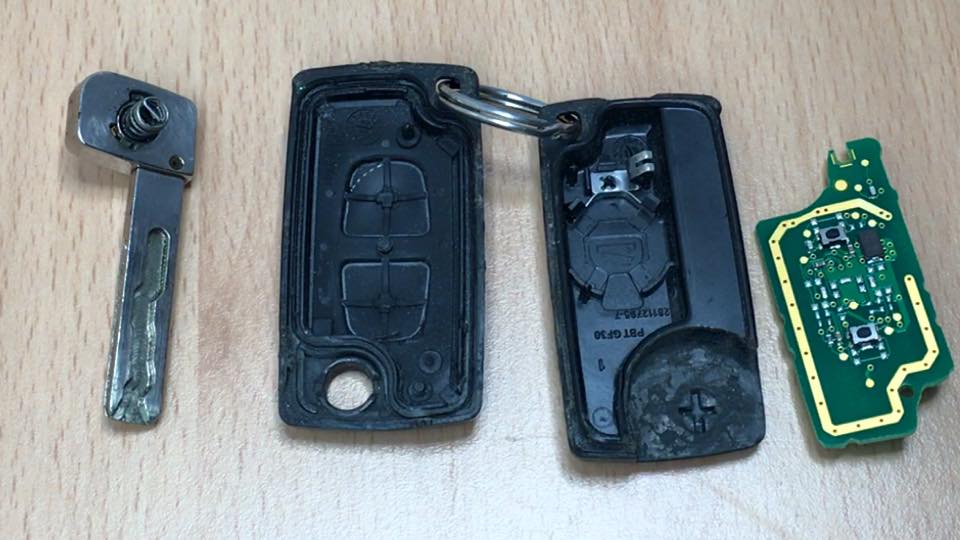
The D-45 produces a deeper thump, although the D-28 certainly isn’t lacking in low end. The treble response is about the same, but there are noticeable differences in the bass and midrange. The D-28 sounds louder and is quicker to respond. Adjustable titanium rods could offer the best of both worlds. The point is that low-mass necks were a feature on many great vintage Martins and the company has recently been using carbon-fibre neck-reinforcement strips in some historically inspired models for this very reason.

T-bar rods lasted until the war, when ebony and T-bars were used interchangeably depending upon the availability of steel. These are juxtaposed with an ultra-light, super-strong carbon-fibre bridgeplate and a titanium truss rod that’s 45 per cent lighter than an equivalent steel truss rod.įrom the 1920s until 1934, Martin used ebony strips to reinforce necks. For instance, ‘natural protein glue’ is an innocuous term for fish glue, and a dovetail neck join combines with pre-war style forward-shifted scalloped bracing. Martin claims these Liquidmetal bridge pins deliver a 4dB volume boost compared to plastic, wood and bone pinsĪside from superb build quality and playability, perhaps the most interesting aspect of the Modern Deluxe D-28 is the way Martin is combining traditional building methods with cutting-edge materials.

If you want even ‘older’ sounding and darker looking soundboards, then Martin’s M2 tops are the ones for you. Instead, the M1 system was developed to create ‘aged’ tops that are closer to those that are 70 or 80 years old. Since the period immediately preceding WWII is considered the finest for vintage Martin tone, the company decided that in some instances, regular roasting goes a bit too far. Martin’s research suggests that most torrefied acoustic tops are closer in moisture content and cellular structure to spruce that’s over a century old. Martin’s VTS (Vintage Tone System) tops are torrefied, but there’s a reason the Sitka spruce here retains its paler natural look. This means the pins are cheaper to manufacture than machined metal pins, but they provide a claimed 4dB increase in volume compared to plastic, wood and bone pins. They’re described as Liquidmetal pins, which is a non-crystalline material that can be injection moulded. There’s also something unusual about the bridge pins with their recessed red dots.


 0 kommentar(er)
0 kommentar(er)
